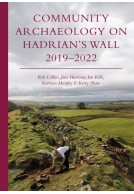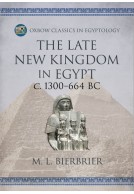Landscapes of (Re)Conquest (Hardback)
Frontier Dynamics in Medieval Iberia and Occitania
Pages: 352
Illustrations: 250 B/W and color illustrations
ISBN: 9798888570692
Published: 15th June 2025
Casemate UK Academic
(click here for international delivery rates)
Order within the next 9 hours, 34 minutes to get your order processed the next working day!
Need a currency converter? Check XE.com for live rates
Frontiers were an integral feature of every medieval polity, and their spaces were defined by opposing spheres of influence, contact and connectivity. As these polities expanded and contracted, often as a result of military conquest and territorial annexation, their permeable edges became defined by transformative cultural landscapes. Here, the encounters between native or resident and incoming populations, from small elite groups through to larger numbers of migrants from diverse social backgrounds, resulted in varying degrees of cultural hybridity. This came to define frontier societies, and left an enduring impact even as borderlands continued to move. They also saw the reconfiguration of political, economic and religious landscapes as frontier authorities invested in both old and new centers, with varying degrees of continuity. Today, the remains of their fortified residences represent the most striking monuments associated with former frontiers. They remain at the center of public narratives regarding state formation and cultural conflict.
Adopting the definition of frontiers as both the spaces at the edges of polities and the composite societies resulting from their territorial expansion, this book presents a multi-disciplinary study of their dynamics. Focusing on the western Mediterranean, it draws on case studies of cultural landscapes shaped by two contrasting periods of conquest, regime change and state formation: the Castilian and Aragonese conquests of al-Andalus (Islamic Iberia) and the French annexation of Occitania following the Albigensian Crusade. Integrating perspectives from settlement and landscape archaeology, geoarchaeology, zooarchaeology, archaeobotany, archaeometallurgy and isotopic analyses, this book provides a new framework for the study of the transformative spaces of medieval frontier societies.














